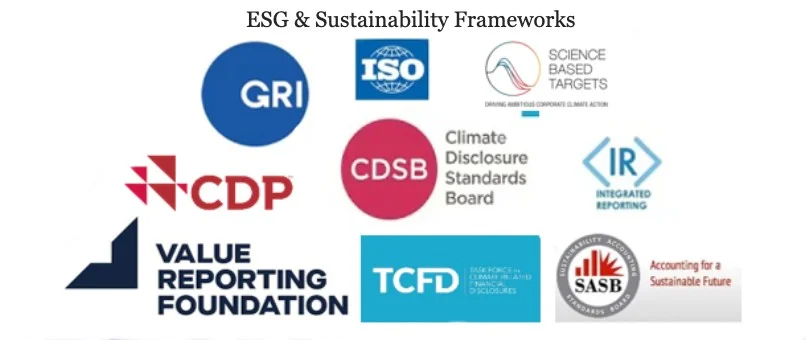A Comprehensive Guide on How to Write a Sustainability Report
A Comprehensive Guide on How to Write a Sustainability Report
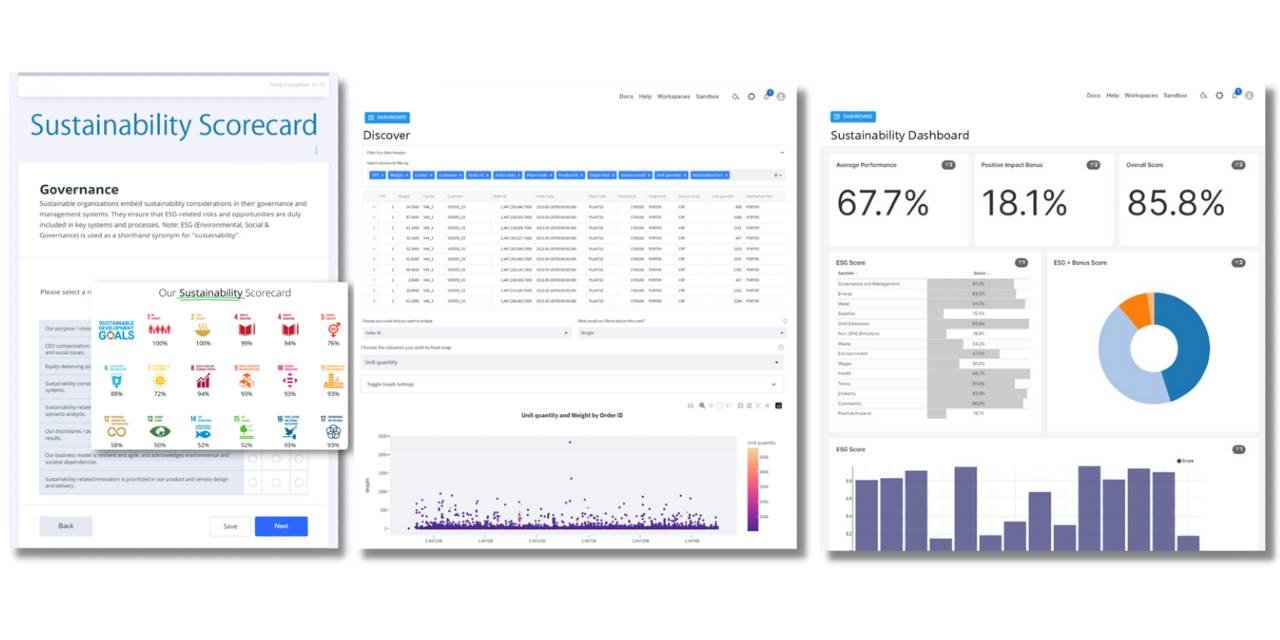
Sustainability reporting has become a critical aspect of modern business, helping organizations showcase their environmental, social, and governance (ESG) efforts while providing valuable insights to stakeholders. As a company striving to make a difference, how can you create a comprehensive and engaging sustainability report that effectively communicates your commitment to responsible practices? This blog post provides a step-by-step guide on how to write a sustainability report, shedding light on the essential components, data collection strategies, reporting frameworks, and stakeholder engagement techniques that will elevate your organization’s sustainability initiatives.
Key Takeaways
- Sustainability reporting enables companies to track progress, assess impact, and communicate efforts.
- A comprehensive sustainability report typically consists of corporate data, objectives & ambitions, and hazard management.
- Common frameworks such as GRI Standards, SASB & TCFD offer guidance for structuring ESG information relevant to a company’s indicators.
- Key Takeaways
- Understanding Sustainability Reporting
- Key Components of a Sustainability Report
- Choosing the Right Reporting Framework
- Engaging Stakeholders in the Reporting Process
- Data Collection and Analysis
- Crafting a Compelling Sustainability Report
- Reviewing and Publishing the Sustainability Report
- Communicating the Sustainability Report
- Common Sustainability Frameworks
- 7 Quick Steps to Writing a Good Sustainability Report
- Summary
- Frequently Asked Questions
Understanding Sustainability Reporting
Sustainability reporting involves publicly disclosing a company’s environmental, social, and governance (ESG) performance, a critical practice in producing a robust sustainability report. A sustainability report provides stakeholders with comprehensive information regarding an organization’s sustainability endeavors. It is designed to show progress towards sustainability objectives, and effects on the environment and society, showcasing the organization’s sustainability efforts.
Corporate sustainability reporting plays a pivotal role in helping companies track their progress in sustainable practices and assess their societal impact. Measured in accordance with global sustainability frameworks for consistency and comparability. By illustrating an organization’s dedication to sustainability and its positive effects on the environment and society, sustainability reporting provides key stakeholders with valuable information.
Key Components of a Sustainability Report
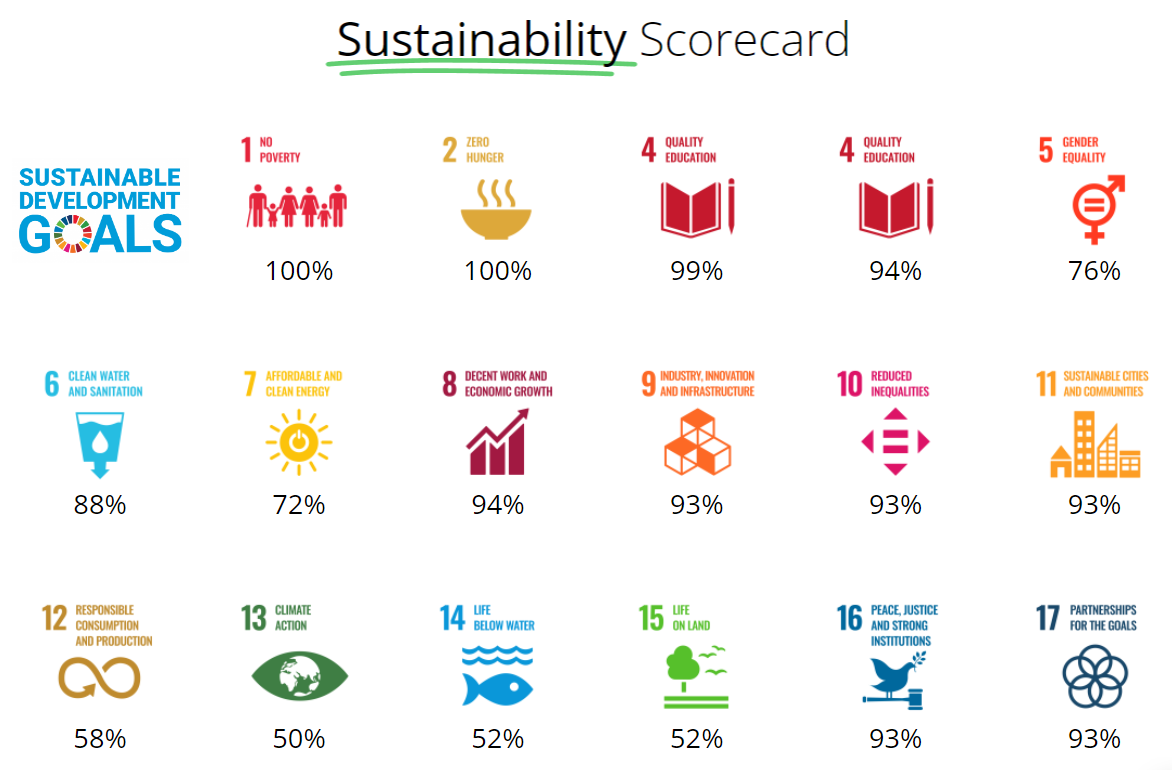
Several integral elements form the backbone of a well-structured sustainability report, such as corporate data, objectives and ambitions, and hazard management. These components form the basis of a comprehensive and effective sustainability report, facilitating the evaluation of a company’s environmental and social performance, as well as its governance practices.
Subsequent subsections will offer a detailed examination of these key elements and their significance in curating an engaging sustainability report.
Company Information and Context
The company information section of a sustainability report encompasses comprehensive information regarding the company. This includes, but is not limited to: company mission, structure, operations, products, and sustainability context. Keep in mind that measurements vary by industry and geography. They are also directly comparable peer-to-peer. Providing a succinct summary of operations and the value chain familiarizes readers with the company’s sustainability initiatives and elucidates how sustainability is embedded into the business, guaranteeing uniformity.
Furnishing an overview of the corporate and market setting aids readers in comprehending the wider context of the report, thereby enhancing its quality. In addition, employee involvement in the sustainability reporting process is paramount, as employees are the executors of sustainability-related initiatives.
Goals and Objectives
The goals and objectives section of a sustainability report contains explicit and quantifiable sustainability goals and objectives that are consistent with the company’s overall strategy. A strong sustainability report should explicitly state the company’s sustainability strategy for the short, medium, and long term, in a manner that is consistent with the core business strategy. Additionally, the report should provide a clear connection between sustainability risks and opportunities and the corresponding actions, thus allowing readers to understand the rationale behind the strategy.
Effective reports necessitate the disclosure of a broad spectrum of sustainability key performance indicators (KPIs). These KPIs should be directly linked to the previously introduced strategy. They serve as a means to measure progress, ensuring stakeholders can evaluate the company’s commitment to achieving its sustainability goals.
Risk Management and Opportunities
The risk management and opportunities section of a sustainability report encompasses the identification and management of risks and opportunities related to environmental, social, and governance factors. The key steps in this process include:
- Identification and assessment of potential risks impacting the company’s ESG performance
- Proactive mitigation of these risks
- Ensuring the long-term sustainability of operations
By following these steps, companies can effectively manage risks and seize opportunities for sustainable growth.
Furthermore, risk management in a sustainability report assists companies in gaining insights into their performance. Helpful in pinpointing areas for enhancement, and augmenting stakeholder trust and confidence. Conducting a materiality analysis, which is the process of identifying and prioritizing sustainability issues that are of particular relevance to a company and its stakeholders, can further strengthen the risk management and opportunities section of a sustainability report.
Choosing a suitable reporting framework is vital, as it provides a structure for the sustainability report and ensures transparency and consistency. Please keep in mind that many of the frameworks are merging together in order to simplify the process and are evolving as you read this. Due to the presence of numerous frameworks, companies must identify the one that best suits their industry and business operations. Factors such as the industry, the scope of operations, and the type of information to report should be taken into account when choosing a reporting framework.
Before writing a sustainability report utilizing a framework, it is advisable to ascertain what the framework entails. Familiarizing oneself with the chosen framework’s requirements and guidelines ensures that the report adheres to the highest standards and effectively communicates the company’s sustainability efforts to stakeholders.
Engaging Stakeholders in the Reporting Process

Engaging stakeholders is a critical component of sustainability reporting, as it yields valuable feedback and improves decision-making. Potential stakeholders to consult before initiating the sustainability reporting process may include:
- Employees
- Boards of directors
- Clients
- Suppliers
- Nongovernmental organizations
- Local communities
- Academics
Engaging with stakeholders early in the process ensures that their input is taken into consideration and that the reporting process remains transparent and inclusive.
Involving stakeholders in the data collection and analysis process, as well as keeping them informed of the progress of the report on a regular basis, fosters a sense of ownership and commitment to the company’s sustainability efforts. This collaborative approach not only strengthens the reporting process but also helps organizations identify areas for improvement and opportunities for positive change.
Data Collection and Analysis

The collection and analysis of pertinent sustainability data is vital for tracking the company’s progress, pinpointing potential risks and opportunities, and assessing the effectiveness of sustainability initiatives. The key goal is to get beyond managing information in spreadsheets in order to be able to cross reference and target information that be applied to frameworks and policies.
Upcoming subsections will explore methodologies for compiling internal and external data, aiding organizations in producing a thorough and robust sustainability report that adeptly communicates their sustainability performance to stakeholders.
Savvy Stakeholders have also read…
Internal Data Collection
When compiling a sustainability report, it is necessary to collect internal data that is pertinent to environmental impact, social responsibility, and governance practices. This may include data on carbon emissions, water usage, philanthropic donations, volunteer hours, and other sustainability-related information. Establishing a sustainable and repeatable process for data collection is crucial in order to guarantee data quality.
To ensure the establishment of a sustainable and repeatable process for data collection, it is imperative to create a strategy that involves all relevant departments and stakeholders in the organization. This collaborative approach ensures that the data collected is accurate, comprehensive, and consistently updated, allowing for a more informed and credible sustainability report.
You can’t improve what you don’t measure.
Free Verified Carbon Calculators.
External Data Collection
External data, such as:
- Environmental data (greenhouse gas emissions, energy consumption, water usage, waste generation, air and water quality)
- Social data (employee diversity, labor practices, health and safety performance, community engagement, human rights)
- Economic data (financial performance, economic contributions, R&D investments)
Should be gathered for a sustainability report. Collecting external data can be achieved through stakeholder consultations, surveys, and industry benchmarks.
Stakeholder consultations involve engaging stakeholders in the data collection process, including customers, suppliers, and investors. Surveys can be utilized to acquire data from a wide range of people, while industry benchmarks can be utilized to compare a company’s performance to that of its counterparts.
By employing these approaches, organizations can gather valuable external data that supports their company’s sustainability practices and provides a comprehensive view of their ESG performance.
Crafting a Compelling Sustainability Report
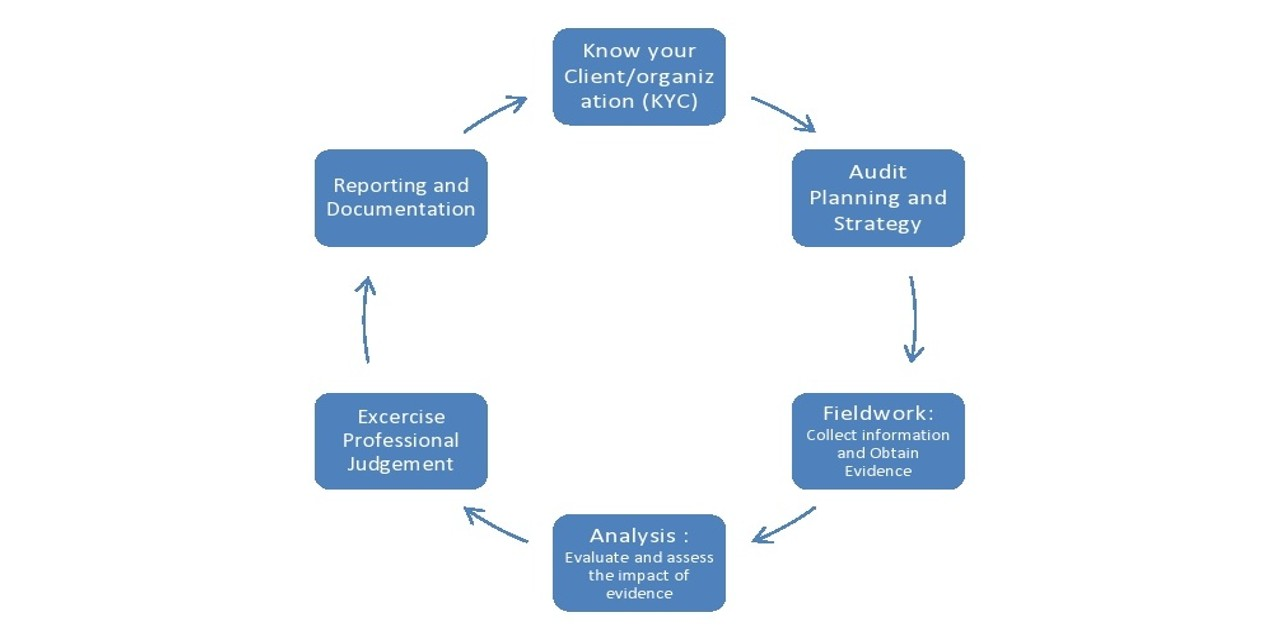
To produce an engaging and enlightening sustainability report, organizations should adhere to recognized guidelines and best practices. These encompass:
- Choosing the right framework
- Offering an introduction
- Placing the reporting in context
- Showcasing operations and value chain
- Expressing sustainability strategy
- Illustrating departmental alignment
- Revealing relevant KPIs
- Tackling strategic risks and opportunities.
A well-crafted sustainability report not only demonstrates an organization’s commitment to responsible practices and its organization’s sustainability efforts but also serves as a powerful communication tool that effectively conveys its sustainability performance to stakeholders.
Moreover, it is essential to maintain a consistent and engaging narrative throughout the report, using clear and concise language that is easily understood by a wide range of stakeholders. By incorporating compelling visuals, case studies, and testimonials, organizations can create an impactful sustainability report that resonates with readers and inspires positive change.
Reviewing and Publishing the Sustainability Report
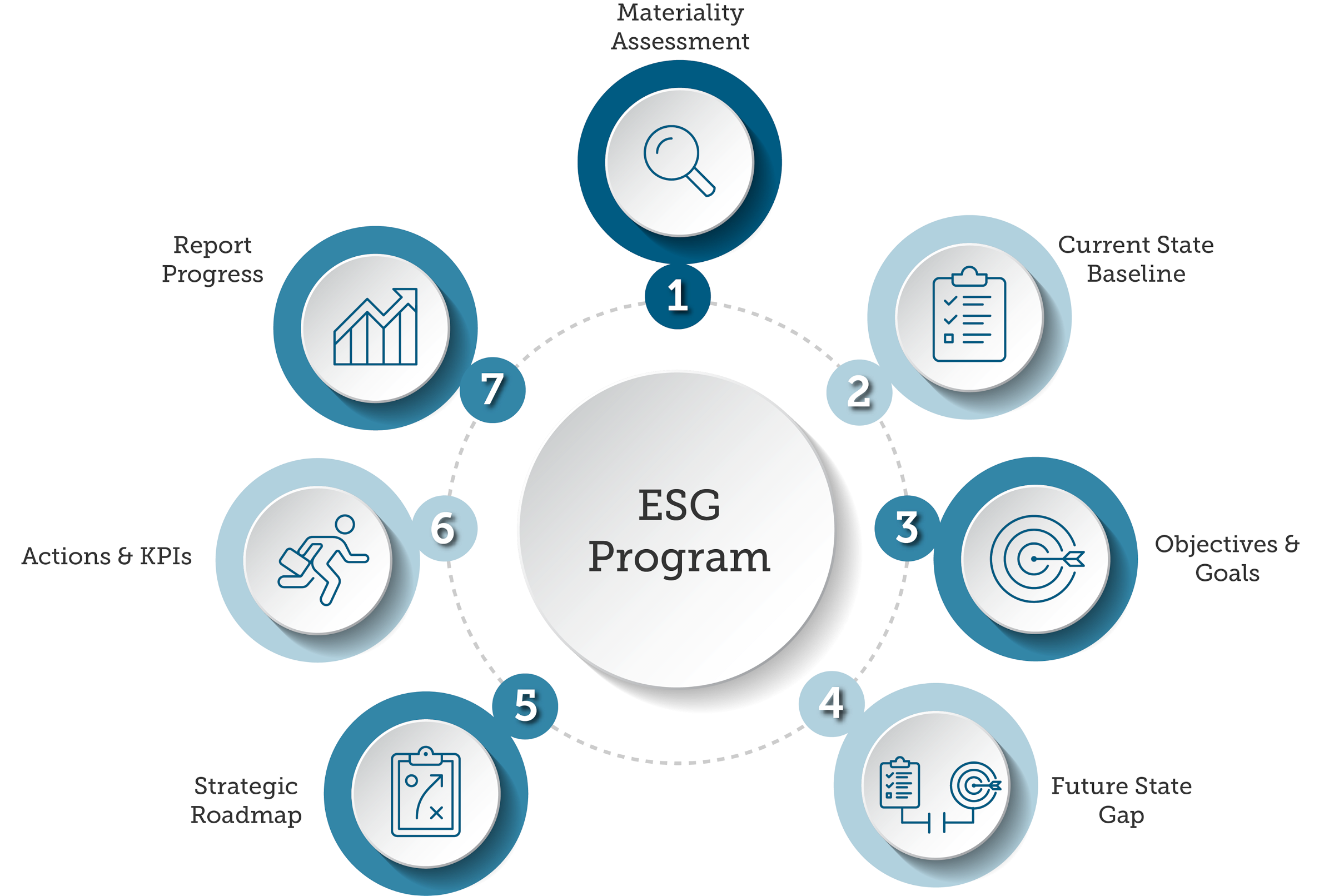
A crucial step in the process is the review and approval of a sustainability report to verify its accuracy, completeness, and alignment with sustainability commitments. During the review process, organizations should verify the accuracy of the data presented, ensure that ideas are expressed clearly, and confirm that all relevant information is included. This thorough review process helps guarantee that the final report accurately reflects the organization’s sustainability efforts and provides a reliable and comprehensive picture of its ESG performance.
Upon review and approval of the sustainability report, timely publication and distribution are vital to keep stakeholders updated on the company’s progress and achievements. By maintaining transparency and open communication, organizations can strengthen stakeholder trust, foster accountability, and showcase their commitment to responsible practices.
Communicating the Sustainability Report

Clear communication of the sustainability report to stakeholders is vital for eliciting feedback and strengthening future reporting and sustainability initiatives. To achieve this, organizations should develop a communication strategy that encompasses various channels, such as websites, social media platforms, newsletters, and events, to reach a wide range of stakeholders. By presenting the report in an accessible and engaging format, organizations can ensure that their sustainability efforts are clearly understood and appreciated by their target audience.
Collecting feedback from stakeholders on the sustainability report is a valuable opportunity for organizations to identify areas for improvement, address concerns, and strengthen their commitment to sustainability. By fostering open dialogue and actively engaging with stakeholders, organizations can continuously refine their sustainability practices and reporting processes, ultimately contributing to a more sustainable and responsible future.
Each framework has its own unique features and focus areas catering to different industries and sustainability priorities.
The GRI Standards provide a widely recognized framework for structuring sustainability reports and disclosing information pertaining to ESG topics or indicators relevant to a company’s sustainability. The SASB offers industry-specific guidelines for disclosing financial material sustainability information. The Task Force on Climate-related Financial Disclosures (TCFD) has developed a set of recommendations that urge organizations to have a thorough understanding of their climate-related risks and opportunities. It also calls for disclosure of those impacts and strategies.
Identifying the most fitting framework for your organization is key to creating an impactful and thorough sustainability report that complies with industry standards and caters to the concerns of diverse stakeholders.
7 Quick Steps to Writing a Good Sustainability Report
- Conduct a Materiality Assessment: This entails outlining the key issues and impacts that your organization experiences. Make sure to include environmental, social, and economic factors in your assessment so that you can achieve a holistic view of your operations.
- Assess Current State (Baseline): Perform an internal audit to establish a baseline of your organization’s sustainability performance. This will help you to identify improvement opportunities and track progress over time.
- Set Objectives & Targets: After conducting a materiality assessment and understanding your company’s baseline performance, you can set realistic objectives and targets for sustainability improvement.
- Analyze Gaps to Achieving Future State: This step involves analyzing the difference between your current performance and desired future state. Doing so will help you to identify priority areas for improvement.
- Develop ESG Strategies, Roadmap, and Framework: After gaps have been identified, you can develop strategies and initiatives to address them. Make sure that your plans are specific, measurable, achievable, relevant, and time-bound (SMART).
- Implement and Monitor Initiatives: Once your strategies and initiatives have been developed, it’s time to put them into action. Regularly monitoring your progress will help you to stay on track towards achieving your sustainability goals.
- Reporting & Communicating Results: Finally, it is important to report on the results of your sustainability efforts in order to communicate progress to stakeholders. This will help build trust and confidence in your organization’s ability to create lasting positive change.
Summary
In conclusion, creating a comprehensive and engaging sustainability report is a complex yet rewarding process that requires careful planning, data collection, stakeholder engagement, and adherence to established reporting frameworks. By following the guidance provided in this blog post, organizations can craft a compelling sustainability report that effectively communicates their commitment to responsible practices, showcases their ESG performance, and inspires positive change. In doing so, organizations not only enhance their reputation and credibility but also contribute to a more sustainable and responsible future for all.
Frequently Asked Questions
What should be included in the sustainability report?
A sustainability report should contain information about the organization, risk and opportunity management, stakeholder communication, senior management commitment, identification of stakeholders and their expectations, and identification and assessment of relevant sustainability issues.
It also includes disclosure of a company’s environmental, social, and governance goals, and communication of the company’s progress and efforts to reach those goals, as well as financial elements.
How do you write an annual sustainability report?
To create an annual sustainability report, start by setting goals and identifying issues. Gather and analyze the relevant data, then clearly communicate the key observations to stakeholders in a way that resonates with them.
Finally, review and approve the report before publishing. Finally, employing ESG software designed to collect data and analyze data, utilizing machine learning and AI, will streamline the process and reduce costs.
What are the three key areas of sustainable reporting?
ESG reporting consists of three key pillars: environmental, social, and governance performance.
These categories each have a multitude of different factors that can be reported on to measure the sustainability of a company.
How can organizations ensure the accuracy and completeness of their sustainability report?
Organizations should ensure the accuracy and completeness of their sustainability report by establishing a data collection process, engaging stakeholders, and conducting a review and approval process before publishing.
Why is stakeholder engagement important in sustainability reporting?
Stakeholder engagement is crucial to sustainability reporting, as it ensures feedback and input from key stakeholders, encourages collaboration on decision-making, and builds a shared commitment to the company’s sustainability goals.
By engaging stakeholders, companies can ensure that their sustainability goals are aligned with the interests of their stakeholders and that their sustainability initiatives are well-informed and effective. This helps to ensure that the company’s sustainability efforts are successful and that the company is able to meet its sustainability goals.
Astute investors have also read…
What is ESG Marketing?
Environmental, social, and governance marketing is a form of marketing that focuses on the long-term sustainability of an organization. The goal of ESG marketing is to create greater public awareness about the current state of our environment and social issues. It might also provide sustainable solutions that help businesses remain socially and environmentally responsible. This type of marketing emphasizes the importance of ethical practices in corporate operations. It also focuses on efforts to reduce the impact business activities have on the environment. By taking into consideration multiple facets when making decisions, businesses can ensure their actions are responsible. This will also reflect positively on their organizational values. Additionally, by focus on different aspects like environmental protection, labor rights, human health, and consumer safety in their operations. Companies can benefit from improved brand loyalty and positive consumer perception.
What is ESG Software?
ESG software is an online tool used by organizations to measure their environmental, social, and governance performance. The software utilizes a range of metrics such as carbon emissions, water use, employee training programs, or diversity initiatives to evaluate the company’s sustainability practices. Companies can use this data to inform decisions about where improvements need to be made within their operations. Through this software companies are able to gain visibility into how far they’ve come in terms of improving sustainability standards over time as well as specific areas for further improvement. Additionally, ESG software also helps organizations report their progress towards various targets to stakeholders or investors who may be interested in understanding a company’s commitment to sustainability goals.
Savvy business leaders have also read…
What is Sustainability Software?
Sustainability software is a type of technology that helps organizations measure and manage their environmental performance across different areas such as energy usage or waste production. By utilizing this software companies are able to track data related to their resource consumption throughout different stages in the production process. This enables them to identify any areas for improvement or opportunities for greater efficiency when it comes to resource management. Additionally, sustainability software allows organizations to set goals related to reducing emissions or other forms of pollution with measurable performance markers so that progress can be tracked over time. Organizations often integrate these tools into existing systems so that all relevant employees can view up-to-date information regarding performance against set targets or benchmarks related to sustainable practice objectives across departments or subsidiaries worldwide.

AUTHOR BIO
Research & Curation
Dean Emerick is a curator on sustainability issues with ESG The Report, an online resource for SMEs and Investment professionals focusing on ESG principles. Their primary goal is to help middle-market companies automate Impact Reporting with ESG Software. Leveraging the power of AI, machine learning, and AWS to transition to a sustainable business model. Serving clients in the United States, Canada, UK, Europe, and the global community. If you want to get started, don’t forget to Get the Checklist! ✅
